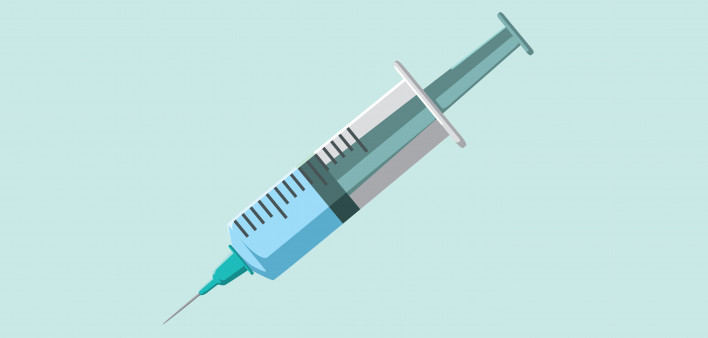By Brooke Alexandria Paine, Pedro Zamora Public Policy Fellow
Recent Centers for Disease Control data shows that more than 100,000 people in the United States died from an overdose during the first year of the COVID-19 pandemic. This is the highest death toll ever reported in the U.S. over a 12-month period.
Amid these historic figures and after years of advocacy, New York City opened the first two government-sanctioned safe consumption sites in the United States on Nov. 30, 2021. These sites will serve as models for the rest of the country in the fight to prevent fatal overdose and bloodborne disease transmission.
In the first week of operation, the two New York City sites’ staff collectively reversed 17 overdoses. That’s 17 lives that people will keep living.
“Don’t listen to the cynics,” NYC Mayor Bill de Blasio tweeted, “Compassion and care work.”
The safe consumption sites are located in Manhattan and are being operated by two harm reduction organizations — New York Harm Reduction Educators in Harlem and the Washington Heights Corner Project — that already offer syringe services. The new sites will become a part of the organizations’ wraparound care network for people who use drugs, offering a collection of harm reduction services and referrals in one place. The services available include sterile injection equipment, naloxone, and access to substance use treatment options.
Safe consumption sites provide people who use drugs with a safe environment to do so, with sterile supplies and medical supervision. If someone overdoses, trained staff are close by to administer naloxone or oxygen to revive them. Staff also provide people referrals to other health services, including substance use disorder treatment and HIV care. There are over 120 legal safe consumption sites operating worldwide. There has never been a fatal overdose in any of these facilities.
By ensuring that people are using a new, sterile syringe for each injection, safe consumption sites reduce the spread of injection-related HIV transmission. Even conservative estimates have found that one such site in Vancouver, Canada, prevents 35 new HIV infections and around three deaths each year. A study modeling a hypothetical safe consumption site in Philadelphia found that it could avert up to 18 new cases of HIV annually.
Many sites also provide HIV testing and care navigation, either on-site or by referral. Testing for HIV is a fundamental piece of ending the epidemic. The CDC reported that the vast majority of new HIV diagnoses in the U.S. during 2016 were because people did not know they were HIV positive or they had been diagnosed but were not receiving care. It is critical that we work to ensure that everyone knows their HIV status and can access the care and support that they need.
Safe consumption sites are about more than raw numbers and public health statistics. They offer marginalized people who use drugs a space where they can receive nonjudgmental, quality health care. A place where they can be treated with compassion and dignity instead of stigma. And they are proven to save lives.
New York City may be the first to open safe consumption sites in the U.S., but they will not be the last. Efforts to enact these policies are underway in a number of other states too, including California, Pennsylvania and Rhode Island, to name a few. Decades of research have shown the success of safe consumption sites. Now, amid a rapidly worsening overdose crisis, it is past time we put those ideas into practice.








Comments
Comments